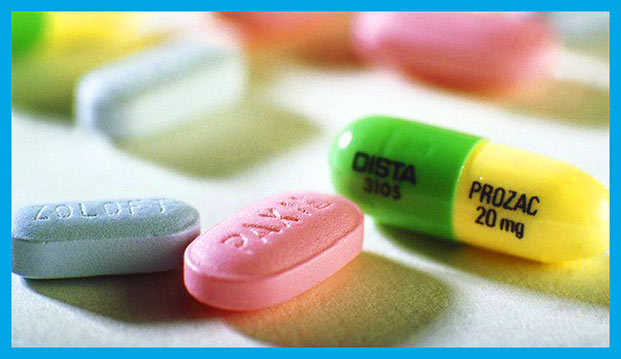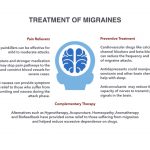Is there an addiction to amitriptyline?
Whether or not amitriptyline is addictive was the subject of scientific debate during the first decades of its use.
If we compare its effects with those of narcotics, amitriptyline lacks the classic sign of dependence – the euphoria of taking the drug. However, the accumulation effect is clearly observed. Addiction to the drug also develops, so that its therapeutic properties diminish over time. Increased doses of the drug are needed to maintain them.
Modern psychiatrists have no doubt that amitriptyline causes addiction, but doctors also know how to combat it. As the main effect of the drug becomes apparent, the doctor gradually reduces the dosage. To maintain the correct effect, combinations of psychotropic drugs are used, which mutually reinforce the therapeutic properties of the drugs of the “old” and “new” generations.
Signs of amitriptyline dependence
The main sign of addiction to amitriptyline — development of resistance (tolerance) to it during long-term treatment. Over time, the antidepressant effect is manifested with the use of ever-increasing doses of the drug. At the same time, refusal of its use leads to the appearance of a painful condition — There are increased anxiety, insomnia, motor excitement.

Additionally, the existence of addiction in the patient is indicated by:
- strong desire to take a pill, even if the person is informed about possible complications for physical and mental health;
- refusal to perform the usual duties, lack of interest in previous hobbies;
- failure to stop taking the psychotropic substance or to reduce its dose;
- social isolation — withdrawal from familiar company, weakening of friendship and family ties, constant desire to get another pill.
At the first suspicion of addiction, a psychiatrist should be consulted. Continued use of the drug causes many side effects, which have to be treated separately.
How long does amitriptyline stay in your system
Amitriptyline is quickly absorbed. After absorption in the intestine, the drug binds to blood proteins and together with them ends up in brain cells.
The maximum therapeutic concentration in the body is maintained for 2-7 hours, then slowly decreases. The drug is detected in the blood for several more days. It lingers longer in the bodies of the elderly.
Amitriptyline is excreted mainly by the kidneys, therefore, when treating patients with concomitant renal pathology, the doctor should be especially careful. The liver also takes part in the chemical transformations of the antidepressant. In order not to cause exacerbation of chronic diseases of vital organs, a psychiatrist prescribes laboratory tests before starting therapy — Kidney and liver tests.
Consequences of amitriptyline abuse
Although amitriptyline does not produce the classic euphoria, people become accustomed to the strong association of taking the pills and feeling well. Sometimes patients uncontrollably increase the dose of the drug, seeking to prolong the desired effect.
Continuous increase in dosage causes:
- nightmarish nightmares;
- panic attacks with attacks of unaccountable fear, trembling in the hands and the whole body, seeming danger and approaching death;
- impaired self-awareness and rational thinking, inability to react quickly to unusual situations;
- difficulty remembering new information;
- sudden mood swings;
- aggressive behavior towards family members and surrounding people.
Cases of overdose of the drug have been described. Dangerous symptoms occur unexpectedly and rapidly increase:
- convulsive twitching of muscles following motor agitation;
- bright red skin;
- heart rhythm is disturbed;
- becomes difficult to breathe, shortness of breath;
- delusions and frightening visions (visual and auditory hallucinations) are noted, soon the consciousness is completely depressed.
Without immediate medical assistance, the victim falls into a comatose state. Against the background of progressive depression of respiration and cardiac activity, death is possible.


 English(UK)
English(UK)





